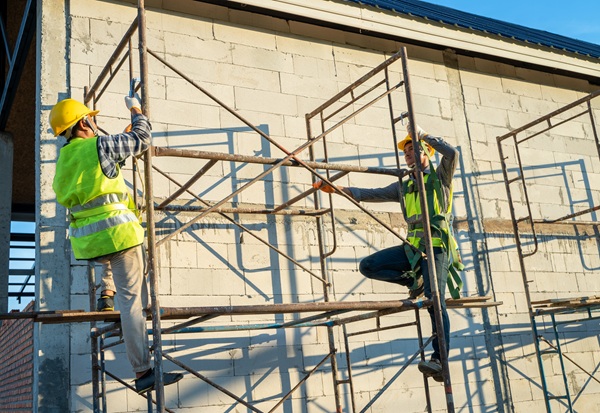New York labor laws can strengthen your construction injury claim
Construction work is dangerous. That’s especially true in New York City, where many construction projects take place high above the ground and the risk of a deadly fall is ever-present. Workers may sustain traumatic brain injuries, lost limbs, internal injuries, paralysis, and other life-altering injuries. And getting fully and fairly compensated for those losses can be an uphill battle.
Fortunately, New York’s laws give workers a powerful edge when pursuing the compensation they need and deserve. With a construction accident attorney who knows the law and the process on your side, you will be in a better position to get the compensation you deserve as you focus on rebuilding your life.
New York’s key labor laws: 200, 240, and 241
The best-known New York construction safety law is probably Labor Law 240, commonly known as the “scaffold law.” The name is a bit of a misnomer, though, because Labor Law 240 doesn’t just apply to scaffolding; it applies to all gravity-related accidents on construction sites.
Under Labor Law 240, general contractors and property owners (except owners of one- and two-family homes who don’t direct the work) have absolute, non-delegable responsibility for protecting workers from injuries caused by the force of gravity.
That means the property owner and general contractor must provide appropriate safety measures such as scaffolding, ladders, harnesses, and so on—and critically, they cannot delegate that responsibility to a subcontractor. The law sets specific standards for types of scaffolding that must be used at defined elevations and requires contractors to train workers in applicable safety standards.
Two other New York labor laws play an important role in construction injury cases. Labor Law 200 is the state’s general safety law, requiring site owners and general contractors to put worker safety first, ahead of scheduling, financing, and anything else that might motivate them to cut corners on safety. Labor Law 241, meanwhile, sets specific safety standards for planking and support structures that protect workers in construction, demolition, and excavation projects.
Your legal rights and options after a labor law violation
When labor law violations cause an accident that leads to serious injury, the injured worker has options. You likely have access to workers’ compensation benefits, but a workers’ comp claim only covers your medical expenses and a portion of your lost wages.
To recover compensation for your pain and suffering, excess wage loss, and many other costs related to your injuries, you need to file a civil lawsuit. And if you can prove a violation of Labor Law 200, 240, and/or 241, you will be in a much stronger position to win that lawsuit.
However, just because you think there was a labor law violation doesn’t mean your case will be easy to win. Property owners, general contractors, and their insurance companies fight hard to reduce or eliminate liability. The lawyer you choose to represent your interests will make all the difference. That’s where we come in.
Schedule your free consultation today
If you were hurt in a gravity-related accident or due to another violation of New York labor laws, talk to an experienced construction accident attorney who can explain your rights and options.
We have a proven track record in cases involving labor law violations, including a $2.5 million settlement for a crane accident involving violations of Labor Law 240 and 241. To see how we can help with your potential legal case, schedule your free consultation with attorney Pat James Crispi at Keogh Crispi. P.C. today.
"Very great experience, I was spoken to like a human being and treated as one. Very grateful for Mr. Crispi’s professionalism and correspondence." – Daniel T., ⭐⭐⭐⭐⭐

